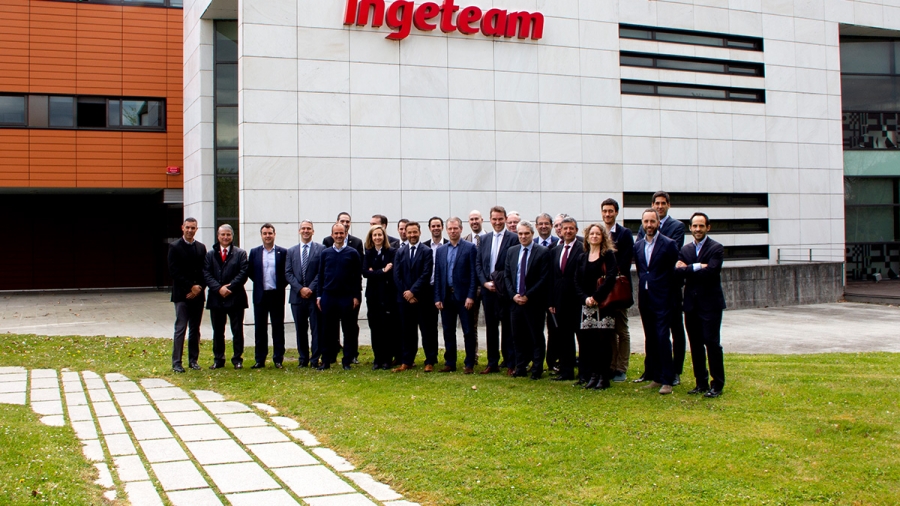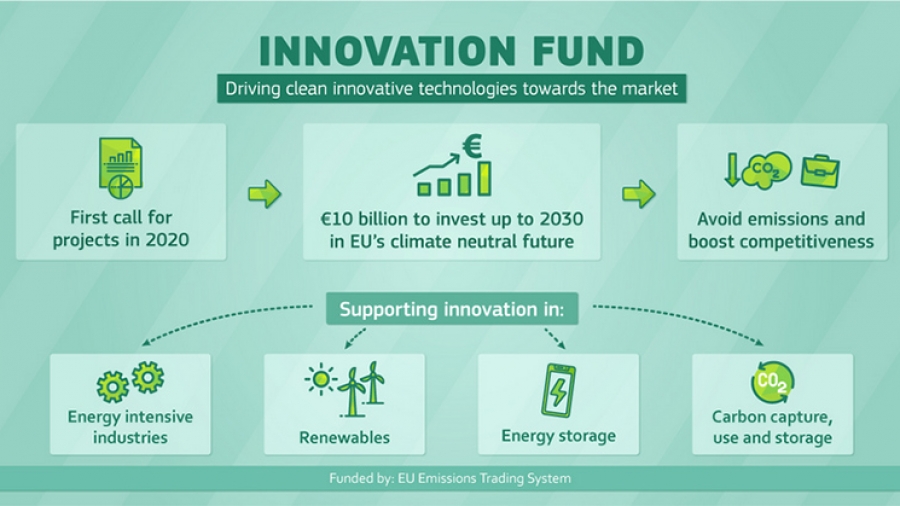21 February 2019, Brussels
SGRE hosts high level wind technology forum meeting
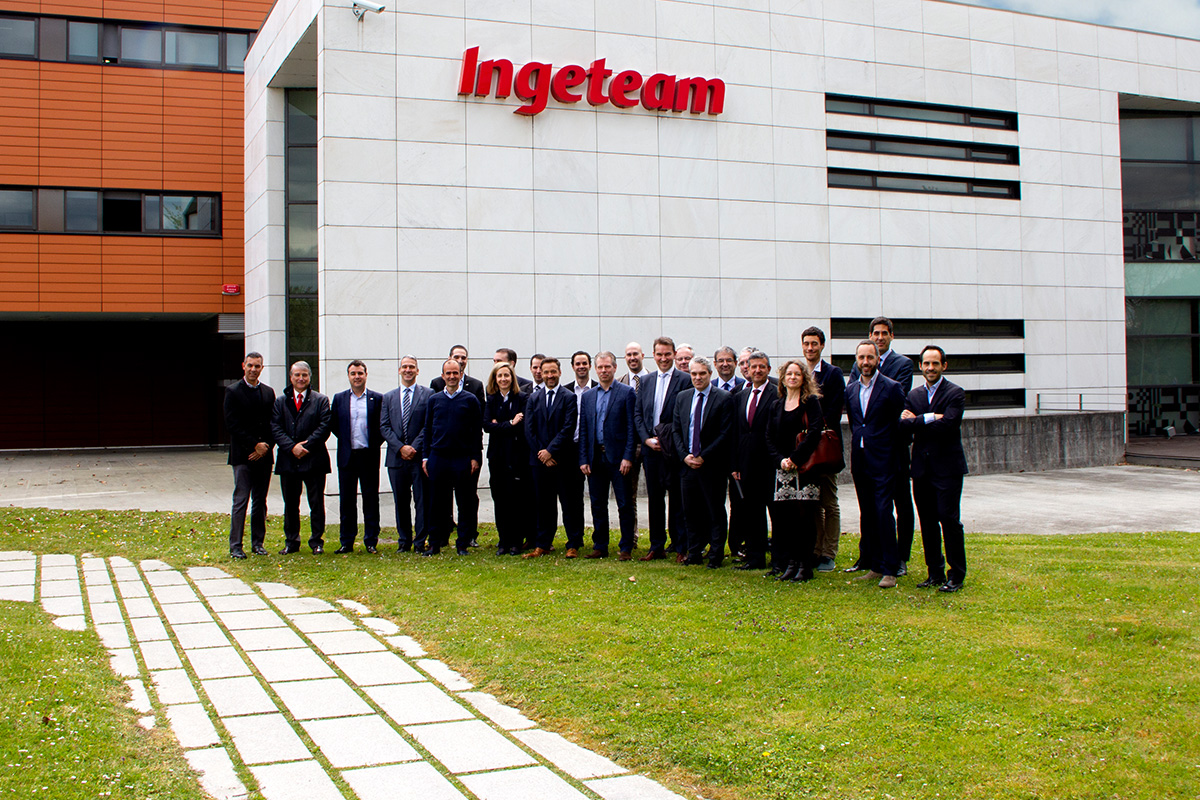
On Monday 01 April the ETIPWind Advisory Group met in Bilbao to discuss the importance investment in research and innovation of technology development for the European wind energy sector.
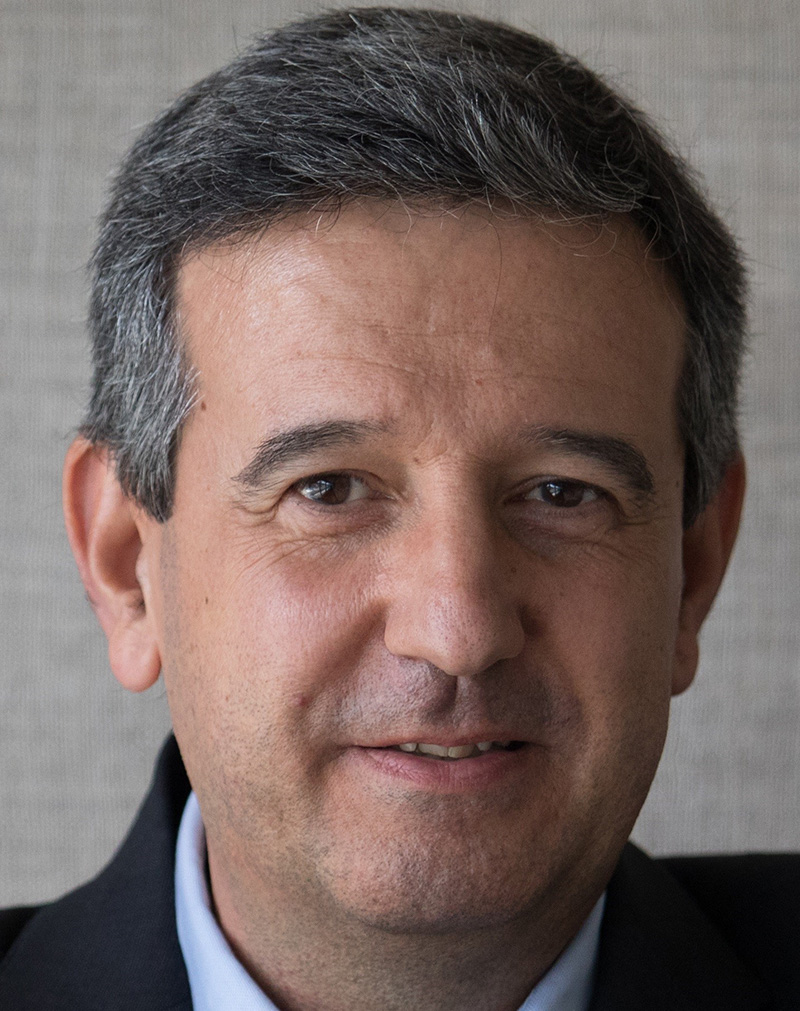
Antonio De La Torre Quiralte, Chief Technology Officer of Siemens Gamesa Renewable Energy
The ETIPWind advisory group is a one-of-a-kind forum where the Chief Technology Officers of the leading wind energy actors and EU officials meet to establish a common European approach to research and innovation.
The Advisory Group confirmed the sector’s commitment to providing reliable, affordable and clean energy to European citizens and place wind as the cornerstone of the future EU energy system. Increased efforts in innovation and development of new technologies will help to reduce costs, improve system integration, and improving the competitiveness of Europe’s wind energy industry.
The meeting in Bilbao was hosted by Antonio De La Torre Quiralte, Chief Technology Officer of Siemens Gamesa Renewable Energy, who invited the group as his guests and organised a technical visit to some of Bilbao’s most innovative companies.
Speaking of the gathering Antonio De La Torrre stated: “It is an honor to host this European Forum of technology leaders for a frank and open discussion on the sector’s priorities to help us deliver on the huge potential of wind energy and to strengthen the EU’s leadership in renewables”.
The outcomes of the meeting will be used by the ETIPWind to help formulate practical suggestions on where EU funding for research and innovation will have the most impact. The platform’s conclusions will be presented in a Technology Roadmap, which will be published in June 2019.
EU institutions reach agreement on Horizon Europe
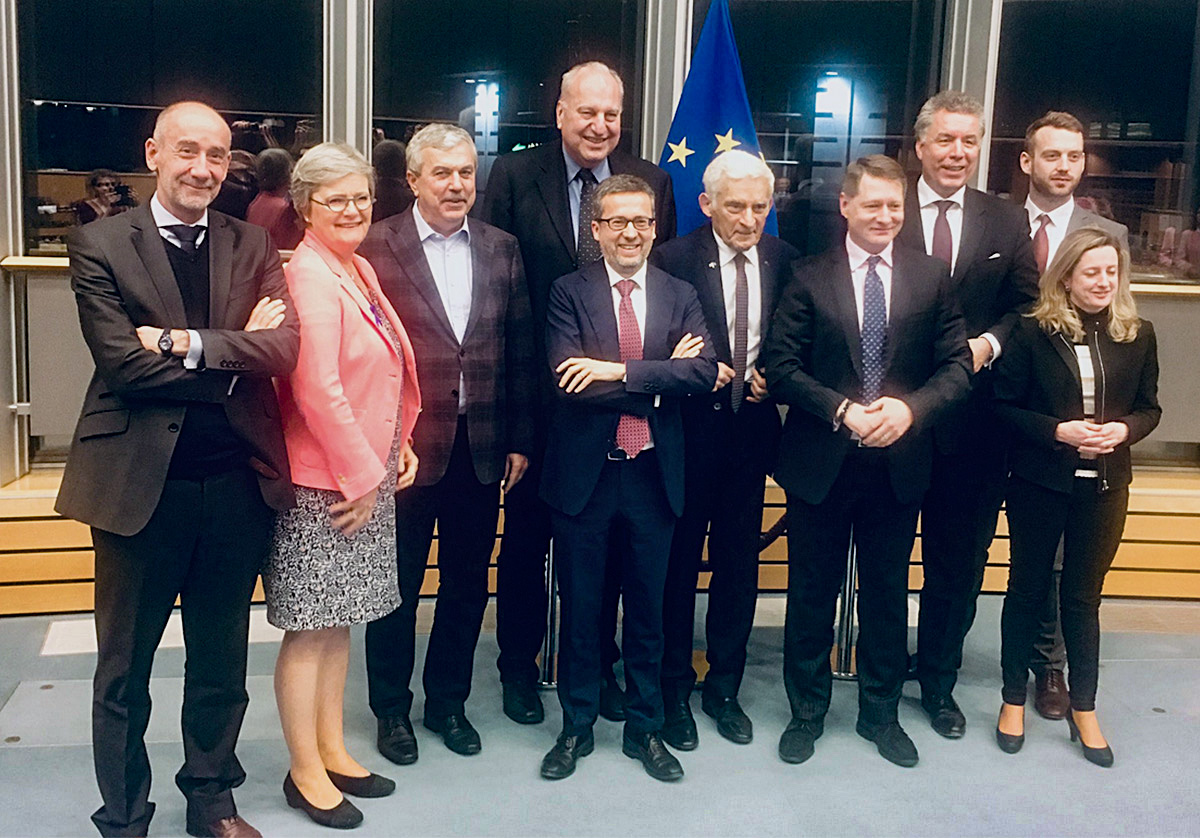
On Wednesday 20 March negotiators from the European Parliament and the Council have reached a provisional deal on Horizon Europe, the EU’s research & innovation funding programme for 2021-2027.
The deal was concluded at an unprecedented pace so that it could be concluded before the European Parliament closes for the European elections in May.
The agreement includes a hard commitment to allocate at least 35% of the budget to climate action related research and innovation. The total budget of the programme won’t be agreed before the end of 2019, as it depends on the wider negotiations on the EU’s budget for 2021-2027. Initially the commission proposed a budget of €94.1 billion for Horizon Europe, while the parliament calls for €120 billion.
Clarity on Missions & Partnerships
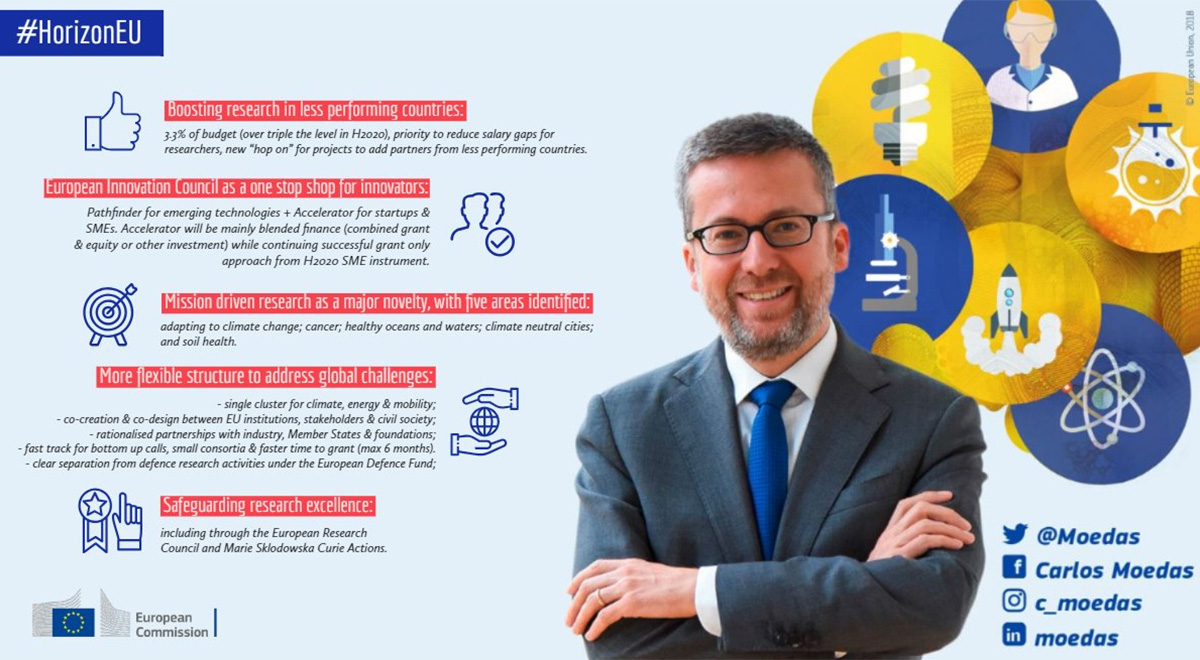
In the agreement the parties have included a shortlist of 5 mission areas. Missions are a new feature for Horizon Europe and would make it easier for citizens to understand the value of investments in research and innovation and maximise the impact of investments by setting clear targets and expected impacts. The missions themselves will be developed by the European Commission and put to the Council for approval. There could be more than 1 mission per mission area. The 5 mission areas are:
- Adapting to climate change, including societal transformation;
- Cancer;
- Healthy oceans, seas, coastal and inland waters;
- Climate-neutral and smart cities; and
- Soil health and food.
EU negotiators have also agreed on a list of areas for public partnerships. Through Horizon 2020 the European Commission engages in a multitude of partnerships, which take a considerable part of the budget. One of the aims of Horizon Europe was to rationalise the funding landscape and adopt a new more streamlined approach to public private partnerships.
There is now an agreement on 8 public private partnerships, including one on “Hydrogen and sustainable energy storage technologies with lower environmental footprint and less energy-intensive production”.
Next steps
The provisional deal reached by the European Parliament, Council and Commission is now subject to formal approval by the European Parliament and Council. For the European Parliament the Industry, Research and Energy (ITRE) committee of will vote on the agreement on 01-02 April. There will be a plenary vote in the parliament two weeks later. For the Council COREPER I is expected to sign off on the deal sometime this week.
More information
European Commission launches new innovation funding instrument
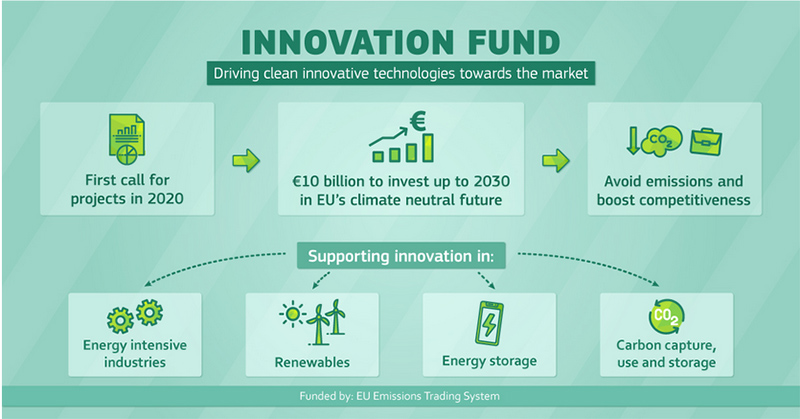
On 26 February 2019, the European Commission announced the creation of a new investment programme for low-carbon technologies: the ETS Innovation Fund. The fund is established by the EU Emission Trading System (EU ETS) Directive and will run from 2021 to 2030. It is endowed with at least 450 million allowances, which could amount to around €10 billion depending on the carbon price.
The ETS Innovation Fund is the successor of the NER300 programme, and as such it will also pool together any undisbursed revenues from that programme. It will be one of the key funding instruments for delivering the EU’s commitments under the Paris Agreement and help bridge the so-called “valley-of-death” of innovation funding. There will also be close synergies with other EU funding programmes such as Horizon Europe, InvestEU and the Connecting Europe Facility.
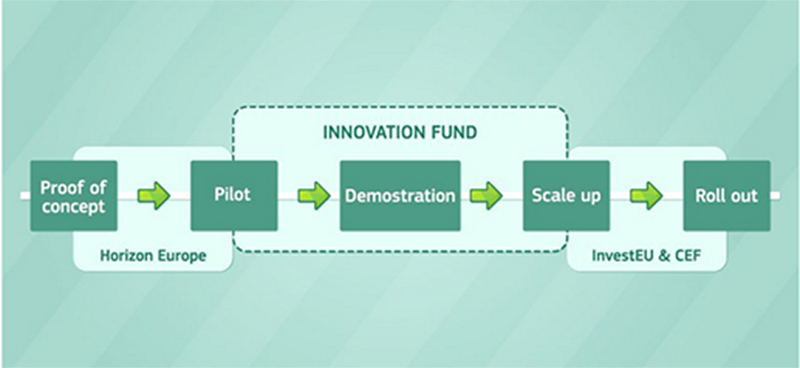
The first call for proposals under the new Innovation Fund will be launched in 2020, followed by regular calls until 2030. The application process will contain 2 steps. First an expression of interest and then a full application. The Innovation Fund aims to create financial incentives for companies and public authorities to invest in the next generation of low-carbon technologies and to give EU companies a first-mover advantage to become global technology leaders. It will offer funding to more mature projects with a big innovation and industrialisation potential.
The Innovation Fund will support investments in renewable energy, energy storage, carbon capture storage and use, and decarbonisation of energy intensive industries. Regarding wind energy the Innovation Fund explicitly aims to support the development of floating offshore wind farms and next generation wind turbines.
The Innovation Fund will mostly work with grants. Grants will be disbursed in a flexible way based on project needs, taking into account the milestones achieved during the project lifetime. Projects can get 60% of the additional capital and operational costs linked to the innovation reimbursed via grants. Up to 40% of this grant can be given based on pre-defined milestones, such as reaching financial close, and before the whole project is fully up and running.
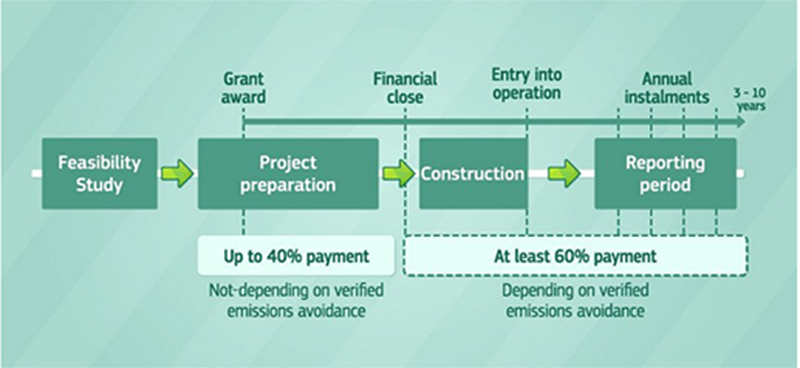
More information
EU Emissions Trading System (EU ETS)


